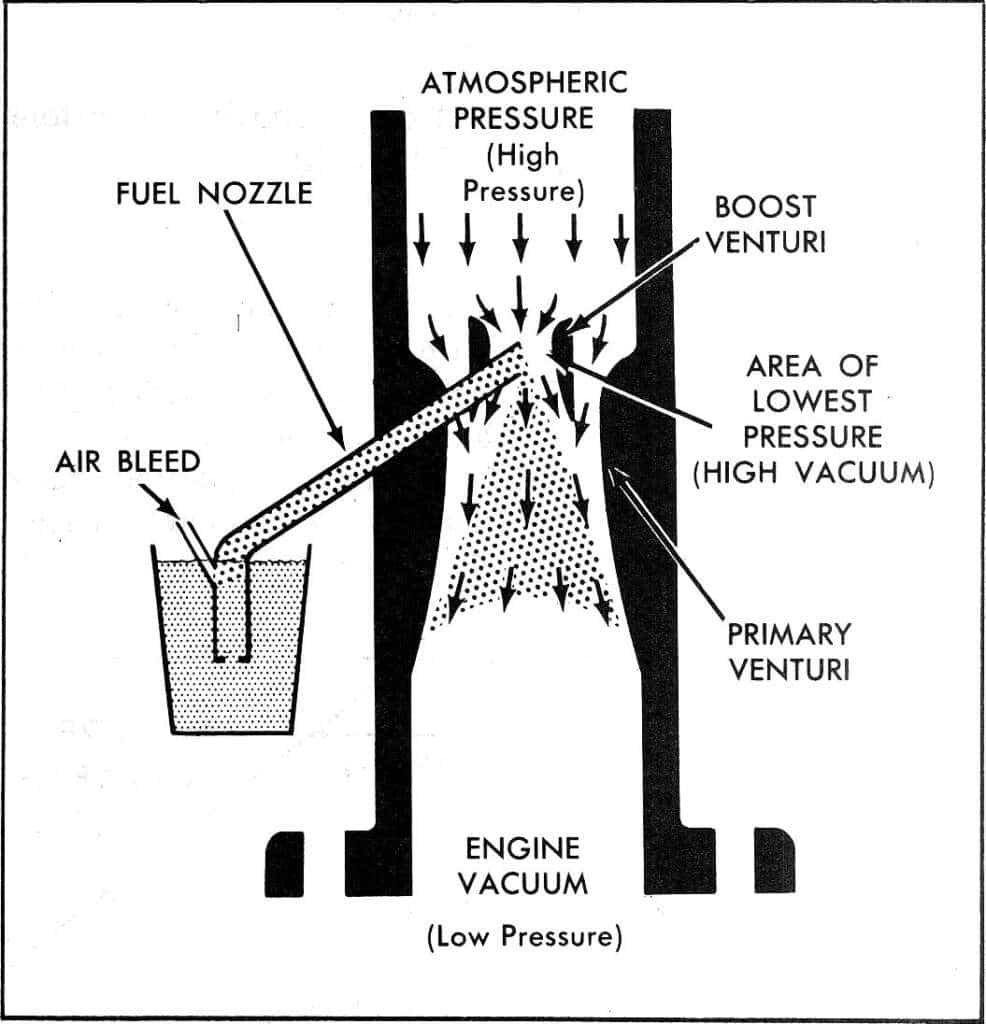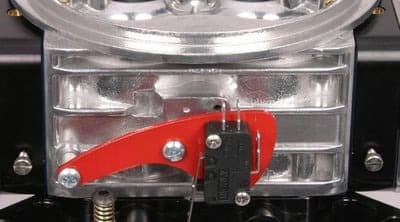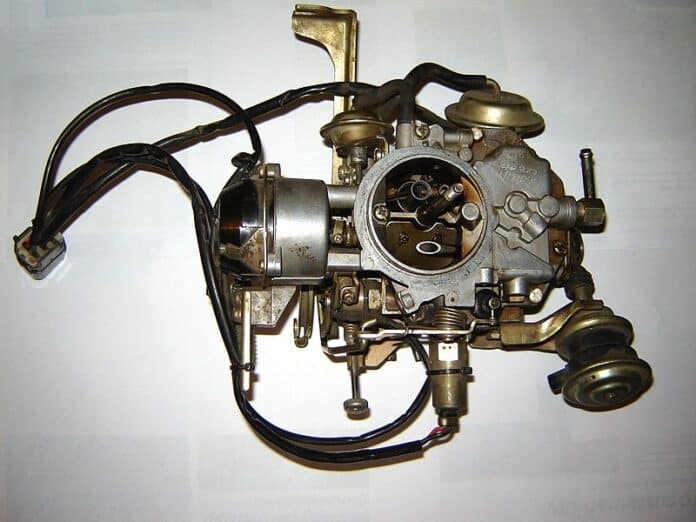What do you know about a carburetor? And why do car makers no longer make cars with it? Learn about it now!
Let’s quickly and broadly describe what a carburetor is and how it functions in a car’s fuel system.
1. What is a Carburettor?
A carburetor is in charge of combining air and gasoline in precisely the right amounts and delivering the resulting mixture to the engine’s cylinders.
Carburetors aren’t very common in modern cars, but in the past, all cars, from famous race cars to popular high-end luxury cars, used them to put fuel directly into the engines.
In NASCAR, carburetors were still in use as of 2012, and many classic car enthusiasts still drive carbureted vehicles daily. Carburetors must offer something very special to those car enthusiasts, given the large number of devoted car enthusiasts who still use them. What then might it be?
Carburetors have made a big difference in the auto industry’s growth, even though they are rarely used in new cars.
2. Carburetor: How does it work?
A typical carburetor uses the vacuum created by the engine to draw fuel and air into the cylinders of a car.
People have used this system for a long time because it is straightforward. A car’s throttle usually opens and closes, letting more or less air into the engine. This air now passes through a specific, small opening known as a “Venturi.” Airflow, which is required to keep a combustion engine running for a longer period, causes the vacuum that was previously discussed. To understand how a venturi operates, you only need to visualize a river flowing normally.

By picturing a flowing river, one can easily understand the operations of a Venturi in a carburetor system
The river will flow naturally at a constant speed along its entire length, with very little variation in the depth of the flow. The water will inevitably have to pick up its speed, just like when a river has a narrow section. Then, after going through this bottleneck, the water will, to everyone’s surprise, keep moving at the same speed as before when the river goes back to its original width. Because of this phenomenon, water that was once on the opposite side of the bottleneck and was moving faster now pulls water in the opposite direction, essentially creating a vacuum.
The Venturi is largely responsible for providing the carburetor with the necessary vacuum so that the air passing through it can steadily draw fuel from the jet. When looking inside a Venturi, the jet can be seen as an opening where air and fuel are typically combined before the fuel, which typically comes from the float chamber, enters the car’s cylinders.
In this instance, the float chamber functions more like a reservoir and typically stores a small amount of fuel that can easily flow to the jet as needed. When the throttle is opened, more air is always drawn into the car’s engine, along with more fuel, which eventually causes the engine to produce more power.

A wide-open throttle allows more air together with more fuel to be drawn into the engine of a car
The main problem with this traditional carburetor design is that it requires opening the throttle for the car in order for the engine to receive fuel. An idle jet is responsible for allowing a tiny amount of fuel to actually enter the engine’s cylinders in this situation since the throttle is normally always closed at idle state. This prevents the engine from stalling. The escape of excess fuel vapor from the float chamber is another minor design flaw (s).
Carburetors have been produced in various sizes and shapes over the years. While larger vehicles can use up to 12 jets just to move and operate, smaller vehicles may only use a single carburetor with one jet to get fuel or gas into their engines.
The term of the barrel is now in effect. The term “barrel” refers to a particular type of tube that houses the Venturi and jet, but it most often describes a multi-barrel carburetor.
How Carburetor Works
Back in the days, multi-barrel carburetors became a standard to reach because of the available options of 4-or-6-barrel configurations. More barrels meant more fuel and air entering the car’s cylinders. There were even some engines that used multiple carburetors back then.
However, sports cars would often come right from the factory with just one single carburetor per cylinder, which is much to the dismay of auto mechanics of those times. This meant they would all have to be individually tuned. The temperamental power plants were also more particularly sensitive to any imperfections in tuning, and they also tended to need tuning very often. All these issues were part of the big reason why “fuel injection” became popular with sports cars initially before spreading to casual road cars later.
3. Carburettors: Where have they all gone?
Since as far back as the 1980s, auto manufacturers have been phasing out carburetors and favoring fuel injection manufacturing. Even though both of them do the same job, most complex modern auto engines have evolved past carburetors and have adopted the much more programmable and precise fuel injection system. Some of the reasons behind this include;
- Fuel Injection is capable of delivering fuel into the cylinder directly. However, a throttle’s body is sometimes used to let one or 2 injectors do the delivery of fuel into multiple cylinders of an engine.
- Idling can be very tricky with carburetors, but it’s being made really simple using fuel injectors in cars.
- Fuel injection systems are usually more precise and waste less of fuel compared to carburetors.
Final Words
Despite the fact that carburetors are now outdated, they are still a big part of the automotive industry, and their operations are purely mechanical in a clever way. By constantly working with various carbureted engines over time, auto enthusiasts have gotten hands-on experience on how fuel and air are brought into a vehicle’s engine and ignited to keep the vehicle in continuous motion.
Meanwhile, if you want more useful tips and advice like this, navigate here: -> Car Guides


